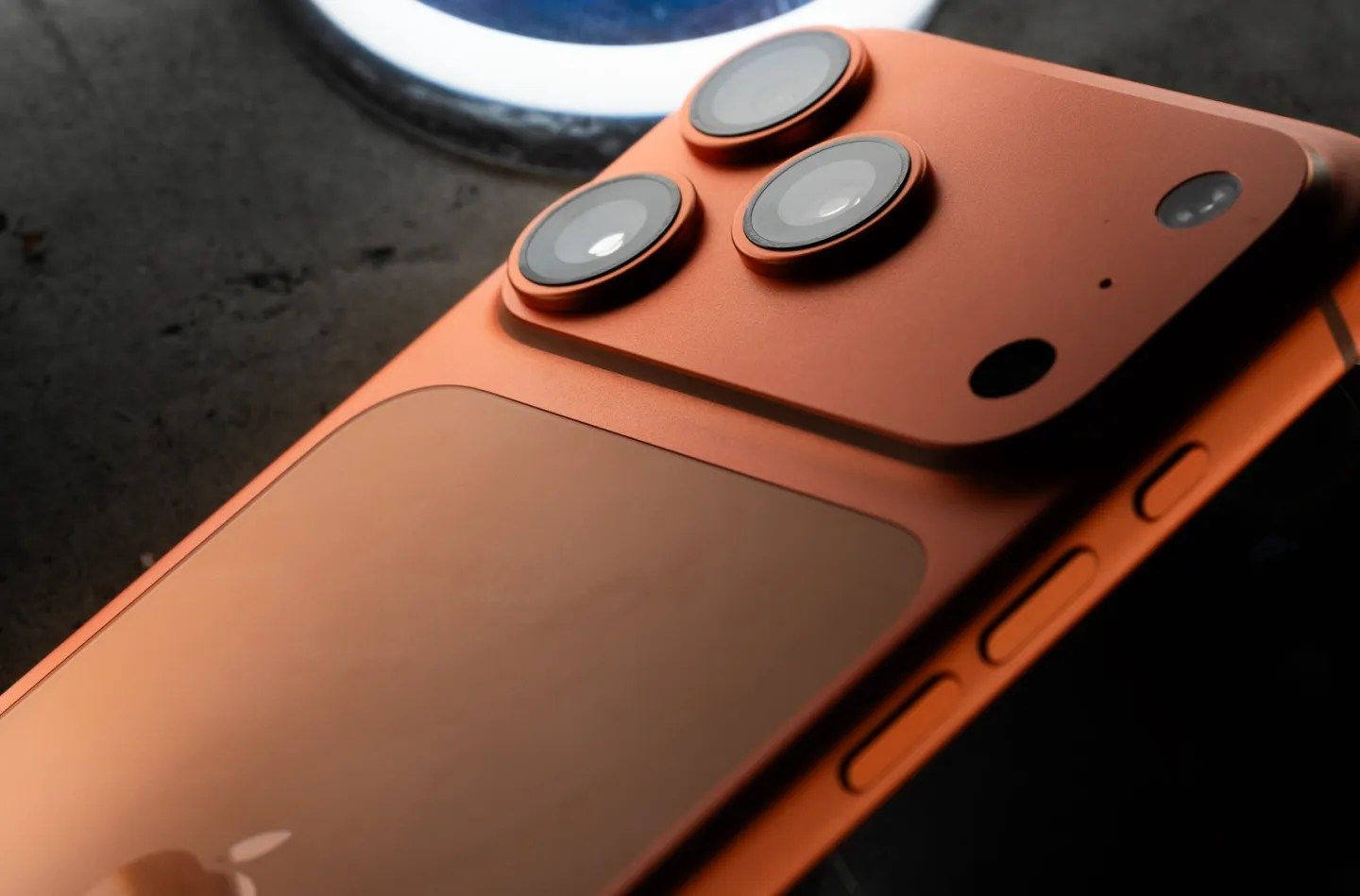Adobe just pushed Project Indigo back to iPhone 17 users after a month-long blackout, but there's a catch - the front-facing camera doesn't work. The company had to disable selfie support entirely to get around compatibility issues with Apple's new square-format sensor, leaving users with rear camera functionality only until iOS 26.1 arrives.
Adobe just pulled off the software equivalent of fixing a broken car by removing the radio. After leaving iPhone 17 users completely in the dark for over a month, the company finally restored Project Indigo access by simply turning off the front-facing camera altogether. It's not elegant, but it works - sort of.
The computational photography app hit a wall when Apple launched the iPhone 17 series back in September. The new square-format selfie sensor threw Project Indigo's algorithms completely off course, making the app essentially unusable on Apple's latest hardware. According to updates posted on Adobe Community forums, engineers had been scrambling behind the scenes to figure out a fix.
Project Indigo launched in June to immediate acclaim from mobile photographers who were tired of the iPhone's aggressive image processing. The app takes what users describe as a "softer touch" to computational photography, preserving more natural tones instead of the punchy, sometimes oversaturated look that Apple's camera app tends to produce. It's built by the same team behind Google's legendary camera technology, including former Pixel camera chief Marc Levoy.
But that sophisticated processing pipeline apparently couldn't adapt to the iPhone 17's redesigned front camera system. Apple switched to a square sensor format for the selfie camera across the entire iPhone 17 lineup - a move that caught several third-party camera apps off guard. The change isn't just cosmetic; it requires apps to completely rethink how they handle image data from the front-facing sensor.
"We know this isn't ideal," an Adobe spokesperson acknowledged in the community forums. "But we felt it was better to give iPhone 17 users access to the rear cameras while we work on a complete solution." The company has been testing various workarounds since early October, but nothing proved stable enough for a full release.
The timing couldn't be worse for Adobe. Project Indigo was gaining serious momentum among photography enthusiasts who wanted more control over their iPhone's computational photography. Professional mobile photographers had started incorporating it into their workflows, particularly for portrait and street photography where the app's more restrained processing really shines.









